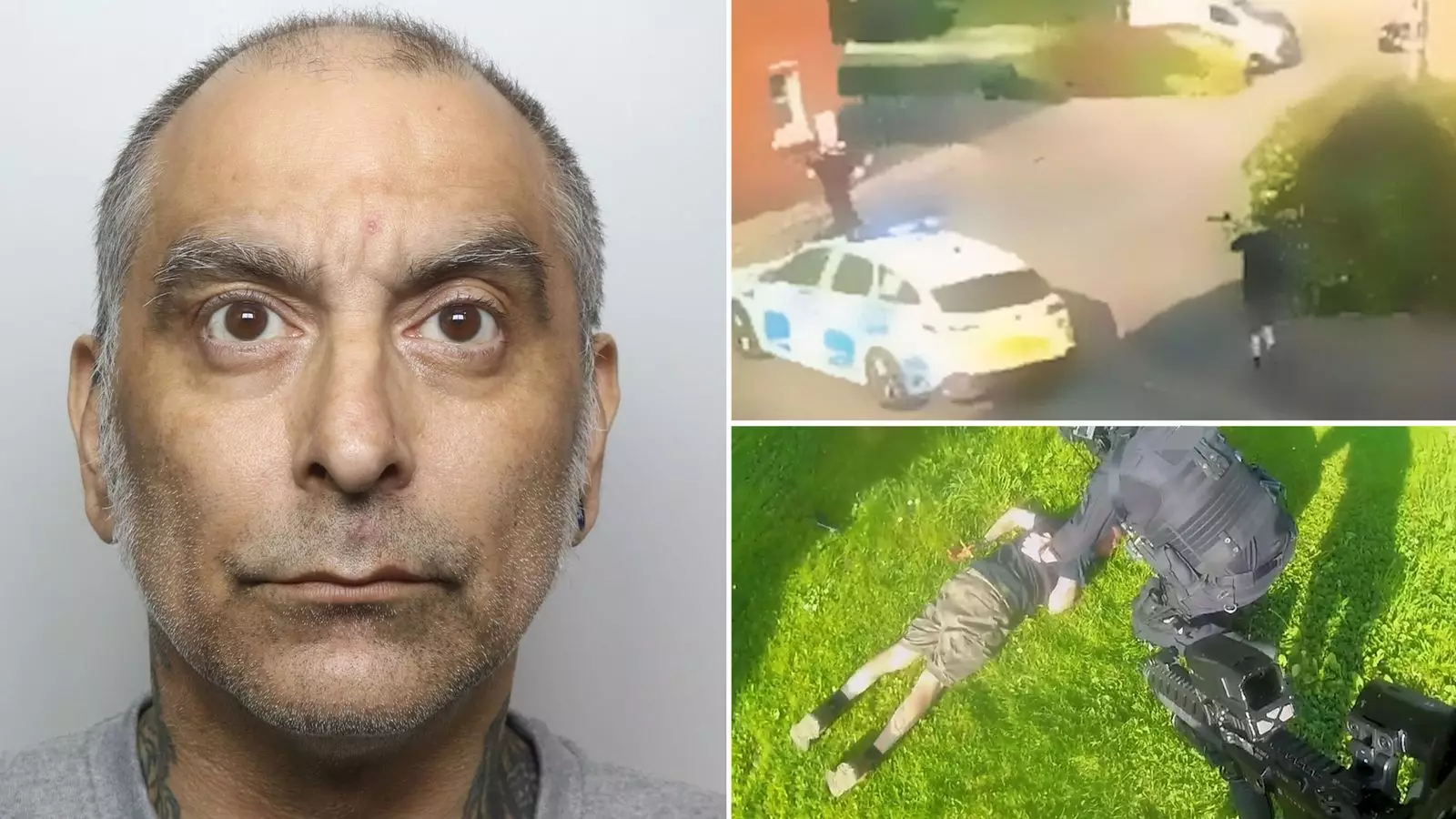Events like the May shooting in Downley remind us of the thin line separating order from chaos. The confrontation that culminated in a crossbow attack and a police officer’s injury reveals a disturbing truth: violence, especially when driven by unchecked aggression, can escalate rapidly, endangering countless lives. While law enforcement’s swift response ultimately subdued the threat, the collateral damage—physical, emotional, and communal—is a stark reminder of how violence leaves scars that linger long after the immediate danger has passed.
Beyond the headlines, this incident exposes broader societal questions about community safety and the roots of violent behavior. The man sentenced, Jason King, clearly exhibited a high level of danger through his actions. Yet, we must also ask: what circumstances led to such explosive aggression? Was there a failure in conflict resolution, a breakdown in mental health support, or societal neglect of individuals at risk? These questions point toward systemic issues that, if unaddressed, only set the stage for repeat offenses, perpetuating a cycle of violence that consumes communities in fear.
The Crime and Punishment: Justice Served or a Missed Opportunity?
A nine-year prison sentence, coupled with an extended license period, reflects a decisive step toward accountability. However, this punishment should provoke a more critical discussion about justice itself. Is long-term incarceration always the answer? When a society emphasizes punishment over prevention, it risks neglecting the underlying causes of violent behavior. In this case, King’s violent outburst was deadly serious, but it also underscores a failure of societal intervention that might have prevented his escalation.
The criminal justice system’s emphasis on retribution may provide short-term safety, but it often neglects the vital importance of rehabilitation and social reintegration. Could more compassionate, preventive measures—such as mental health interventions, community outreach, or conflict de-escalation programs—have minimized the violence altogether? Moreover, the heavy-handed approach raises questions about how justice balances protection with empathy, and whether modern criminal sentencing can truly address the roots of violence or merely punish symptoms.
The Human Cost: Beyond the Legal Verdict
The impact on PC Curtis Foster is profound. His description of bleeding “quite a lot” and being “covered in blood” reveals a trauma that transcends the physical injury. Officers, often seen as symbols of authority, are also human beings vulnerable to the dangers they face daily. Their courage in confrontations like these, however admirable, should compel society to reflect on whether adequate support structures are in place to protect those who serve and to help them recover from the psychological scars of trauma.
Likewise, the community of Downley, shaken by an incident that made them feel unsafe, bears an emotional burden. Incidents of extreme violence threaten to destabilize communal trust, making residents wary of interactions and suspicious of safety. Recovery for these communities depends not only on legal consequences but also on active efforts to rebuild shattered trust and foster resilience.
Reflecting on Societal Responsibilities: Prevention and Cooperation
This incident serves as a stark call for a society that recognizes its collective responsibility in violence prevention. From mental health services to social safety nets, each link in the societal chain must be strengthened to prevent dangerous situations from spiraling beyond control. Law enforcement alone cannot shoulder the burden; community engagement, early intervention, and broader awareness are crucial.
Furthermore, the handling of this incident underscores the necessity for transparent, accountable policing that not only responds to danger but also works proactively to understand and address community tensions. While the police acted decisively and were praised for their bravery, greater efforts toward de-escalation could reduce the likelihood of such violent confrontations in the first place.
In a society committed to progress, the focus should not solely be on sentencing perpetrators but also on preventing incidents at their inception. By fostering a culture of understanding, early intervention, and public safety, we can hope to diminish the frequency of events like the Downley attack and build stronger, safer communities for everyone.


Leave a Reply